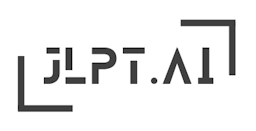

N2
音読み:son
訓読み:mura
ソンson
むらmura
Village
Envision a small village with houses represented by the vertical line on the left side. The horizontal line on top signifies the roof, and the two slanting lines on the right depict trees surrounding the village.
The kanji '村' appears in the JLPT examination at the N2 and N1 levels. Questions related to locations, geography, and rural areas may involve this kanji.
私の実家は村にあります。
My hometown is in a village.
わたしのじっかはむらにあります。
watashi no jikka wa mura ni arimasu.
この村は自然が豊かです。
This village is abundant in nature.
このむらはしぜんがゆたかです。
kono mura wa shizen ga yutaka desu.
この村は昔から伝統を守っています。
This village has preserved traditions since ancient times.
このむらはむかしからでんとうをまもっています。
kono mura wa mukashi kara dentou o mamotteimasu.